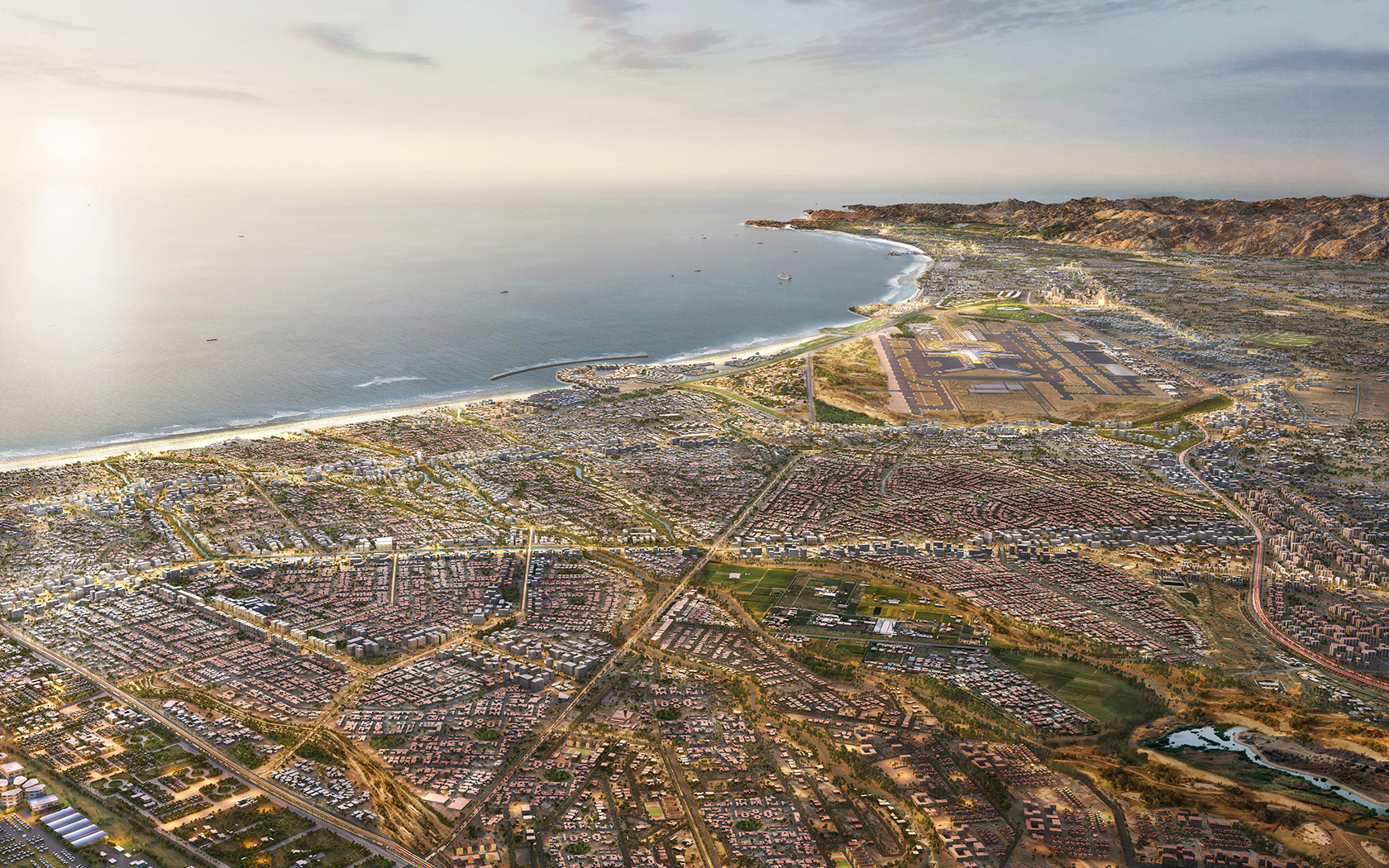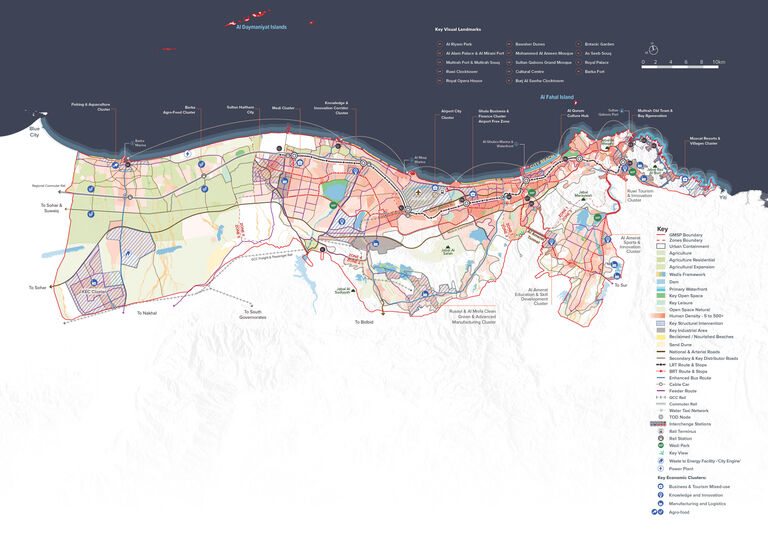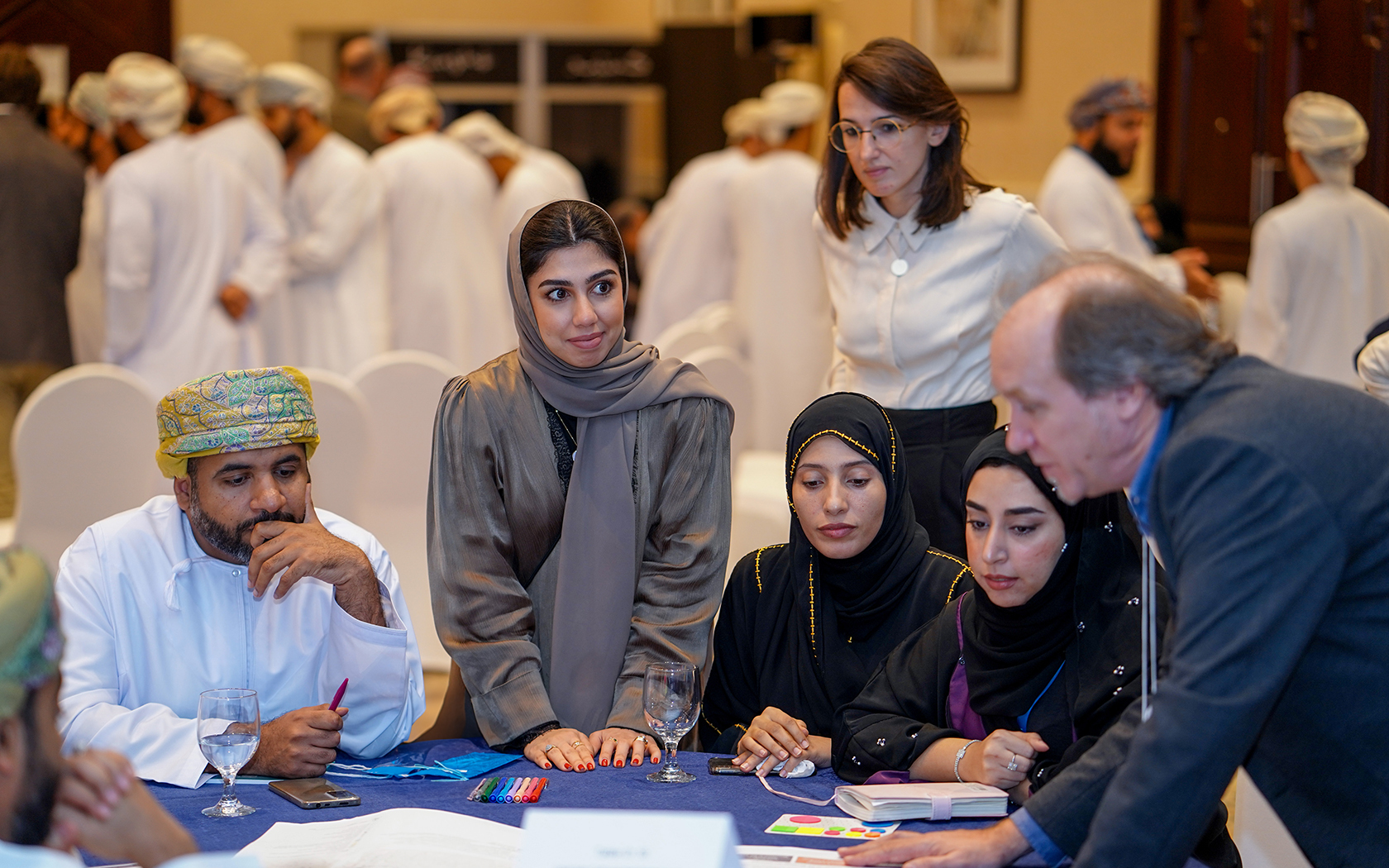Greater Muscat is the Sultanate of Oman’s prime economic area, nestled between the Arabian Sea and the Hajar Mountains, with 1.5 million residents dispersed along its 100km coastline.

Over the next 15 years, the population of Muscat is expected to reach almost 2.7m people, and the Ministry of Housing and Urban Planning commissioned Broadway Malyan to devise a viable plan as a basis for enhanced governance, future growth and resilient development of liveable and sustainable neighbourhoods.
The plan focuses on compact development by increasing population densities in better-connected areas, aiming to reduce urban sprawl. It promotes the creation of well-defined serviced urban districts with a clear purpose, identity and strong connection to their surroundings. Robust economic development will be achieved by creating 19 new employment clusters, supporting Muscat’s growth to 890,000 jobs by 2040, and driving a shift toward a knowledge- and innovation-driven economy.


